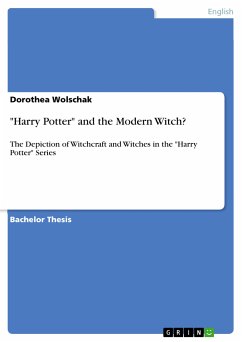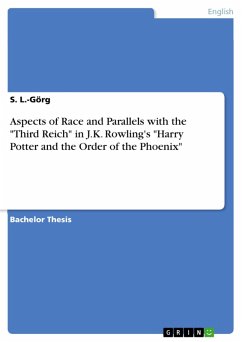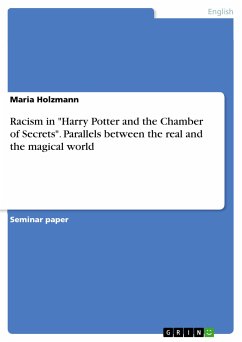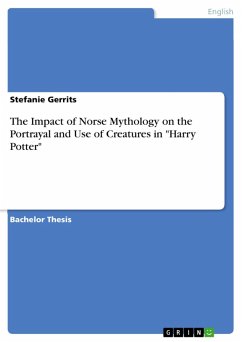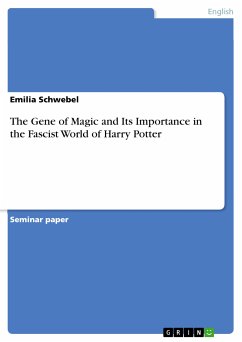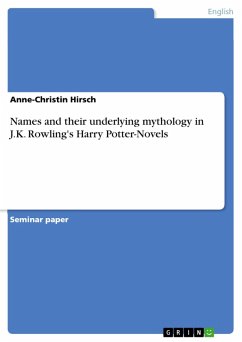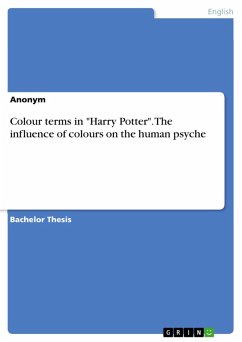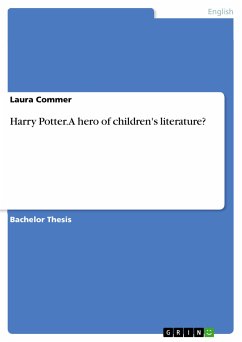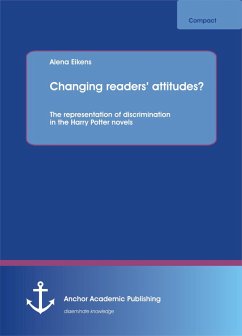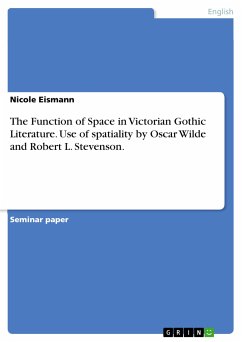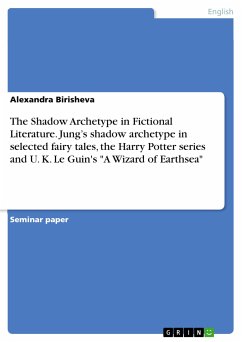
The Shadow Archetype in Fictional Literature. Jung's shadow archetype in selected fairy tales, the Harry Potter series and U. K. Le Guin's "A Wizard of Earthsea" (eBook, PDF)
Sofort per Download lieferbar
Statt: 17,95 €**
15,99 €
inkl. MwSt. und vom Verlag festgesetzt.
**Preis der gedruckten Ausgabe (Broschiertes Buch)
Alle Infos zum eBook verschenkenWeitere Ausgaben:

PAYBACK Punkte
0 °P sammeln!
Seminar paper from the year 2022 in the subject English Language and Literature Studies - Literature, grade: 1,3, Karlsruhe University of Education, language: English, abstract: This paper will discuss this question of good and evil in light of selected aspects of psychology, fairy tales, and fictional literature. The main focus will lie on the Jungian concept of archetypes, particularly the shadow archetype, with reference to which the following literary works will be briefly analysed: Grimm's fairy tale "The two travellers", Afanasiev's fairy tale "Vasilisa the Beautiful", von Chamisso's fai...
Seminar paper from the year 2022 in the subject English Language and Literature Studies - Literature, grade: 1,3, Karlsruhe University of Education, language: English, abstract: This paper will discuss this question of good and evil in light of selected aspects of psychology, fairy tales, and fictional literature. The main focus will lie on the Jungian concept of archetypes, particularly the shadow archetype, with reference to which the following literary works will be briefly analysed: Grimm's fairy tale "The two travellers", Afanasiev's fairy tale "Vasilisa the Beautiful", von Chamisso's fairy tale "Peter Schlemihl's Miraculous Story" and Andersen's fairy tale "The Shadow" as well as Le Guin's novel "A Wizard of Earthsea" and Rowling's Harry Potter series. The question about the possible perception by the reader, in particular by a child, will also be touched upon. Finally, a comparison will be drawn between the shadow archetypes of the two title characters of "A Wizard of Earthsea" and the Harry Potter series. The question of Good and Evil has occupied humanity for centuries. Different models have been created by various cultures, societies, and individuals about what is right and what is wrong, what can be accepted and what cannot, and what is supposed to be good and what is supposed to be evil. Religions, laws written and unwritten, philosophies, psychologists, and other concepts and institutions presented numerous answers to this question. It has also been addressed directly and indirectly in folklore and countless literary works. This paper will discuss these representations and discuss the differences and similarities.
Dieser Download kann aus rechtlichen Gründen nur mit Rechnungsadresse in A, B, BG, CY, CZ, D, DK, EW, E, FIN, F, GR, HR, H, IRL, I, LT, L, LR, M, NL, PL, P, R, S, SLO, SK ausgeliefert werden.




